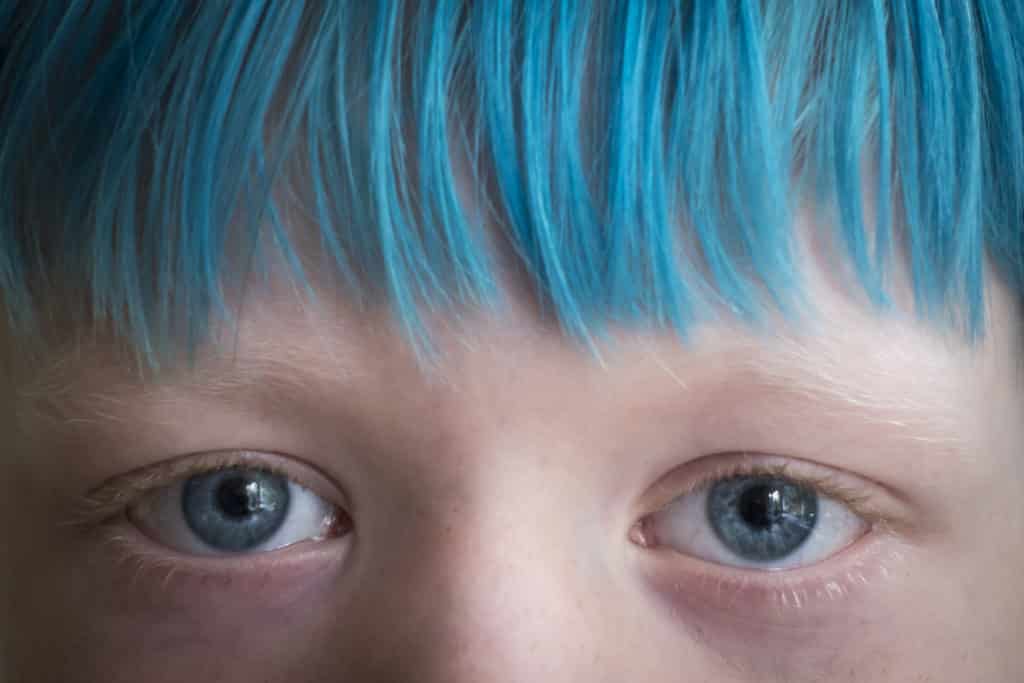
If you have ever had to deal with head lice, you know it’s no fun. These tiny, wingless, parasitic insects are notorious for spreading from person to person and leaving your head itchy and scratchy while they feast on your scalp. Head lice can be an unpleasant thing for both children and adults. When they invade your scalp, you’ll try everything to get rid of them.
Using hair dye to kill head lice might seem like a good idea. But can hair dye kill head lice? What do you need to know before using hair dye?
Does Hair Dye Kill Head Lice?
There are different types of hair dyes available. They fall into four main categories: direct dyes, semi-permanent dyes, temporary dyes, and permanent dyes. When you hear that hair dye can kill head lice, the question is: How does hair dye kill head lice? The answer lies in what causes the lice to die.
This can happen by poisoning the lice with chemicals in the hair dye. Head lice are not able to withstand various chemicals present in hair dyes, including paraphenylenediamine (PPD), hydrogen peroxide, and ammonia. The ability of hair dye to kill lice is limited. Although it may kill some lice that are not deep within the scalp, you may need to use additional methods to eliminate all of them, especially the eggs or “nits.”
Precaution on using hair dye to treat head lice
If you decide to treat head lice with hair dye, here are the three things you need to know first:
- Hair dyes contain chemicals that can cause an allergic reaction. When you apply hair dye to your scalp, the chemicals are absorbed into your body through your skin and your lungs if you breathe in fumes. If you’ve had an allergic reaction to hair dye before, don’t use it again.
- Soaking your hair for long hours with hair dye, which contains harmful chemicals like ammonia, can lead to hair thinning and dryness on the scalp.
- If you’re pregnant or breastfeeding, don’t use hair dye. Some hair dyes may not be safe to use during pregnancy or while breastfeeding because certain ingredients may be harmful to your baby.
If hair dye isn’t a good choice for killing lice, what is?
There are two kinds of effective products used to treat head lice: prescription and over-the-counter treatments. But, head lice are becoming resistant to many of these treatments—even some of the prescription ones. So you may need to try more than one product to get rid of an infestation completely.
Besides prescription and over-the-counter treatments, a common treatment is manual removal. Comb out all the nits using a special fine-toothed comb. This method takes time and patience, but it’s effective in most cases if done correctly.
Lose lice without losing money on hair dye
Dyeing your hair is not the best choice for killing lice. You need to remember that some dyes can have adverse effects on the body and environment, and not every hair dye is safe to use. However, there are safe, effective, and non-toxic ways for dealing with head lice you should try before sacrificing your hair to hair dyes.
LiceFreee has produced high-quality, non-toxic, anti-lice products since 1991. LiceFreee is dedicated to maintaining its reputation as a reliable and trusted product for head lice to protect you and your family. If you need help getting rid of head lice or want more information on how LiceFreee products work to eliminate head lice with safe, effective, and non-toxic ingredients, check LiceFreee products today!
